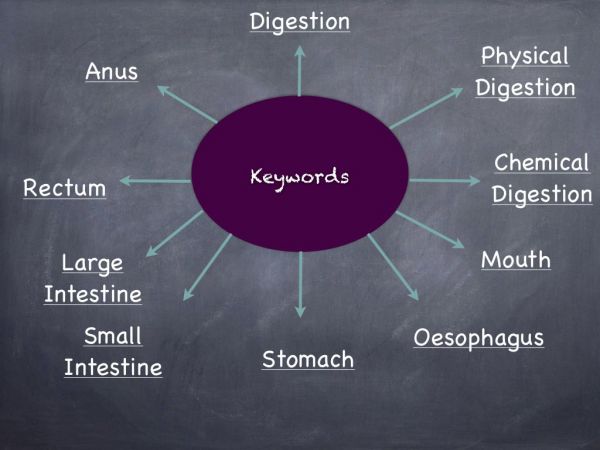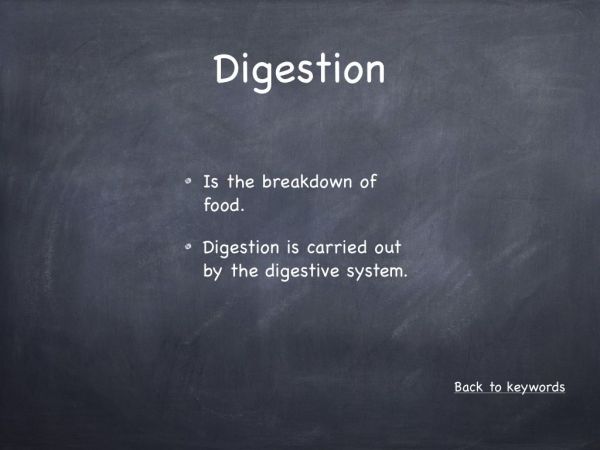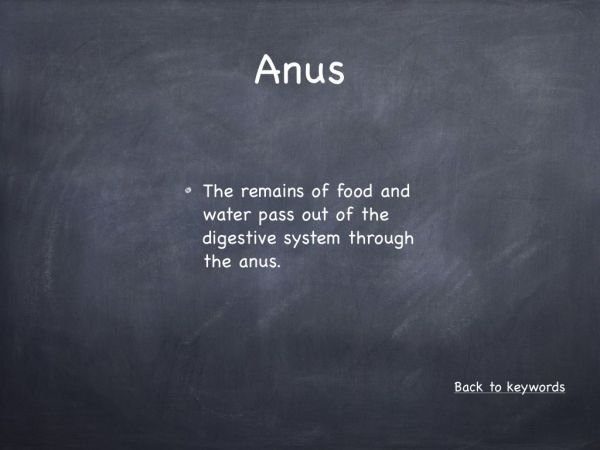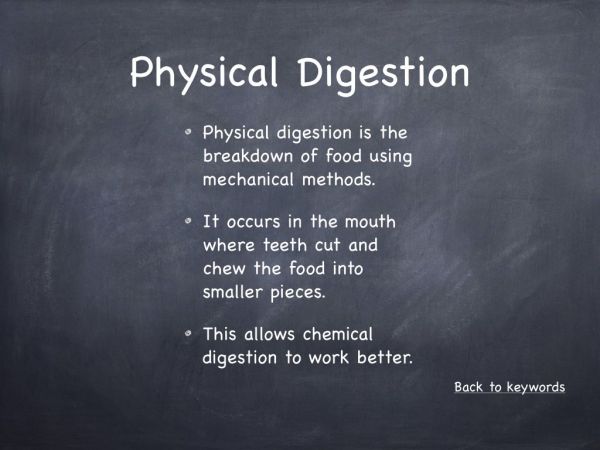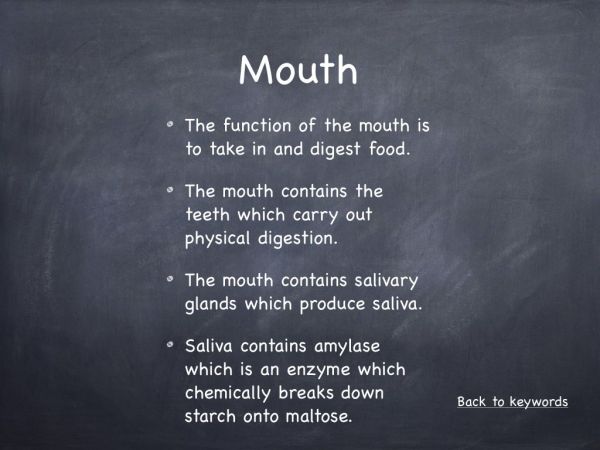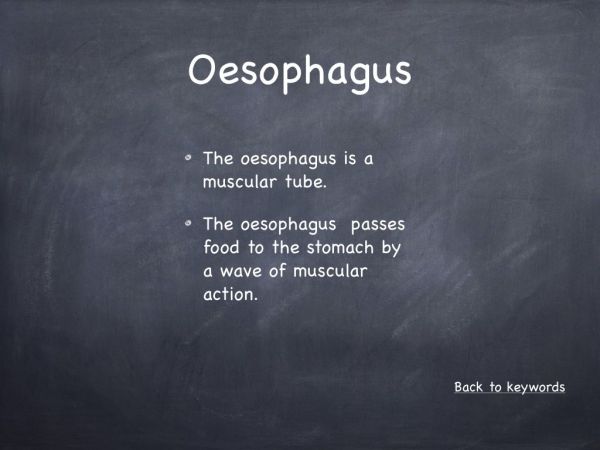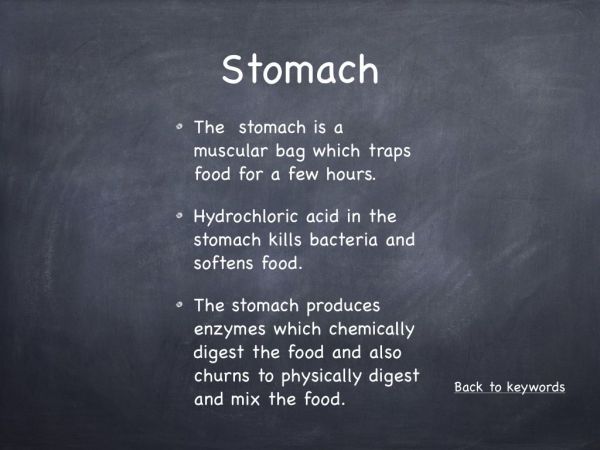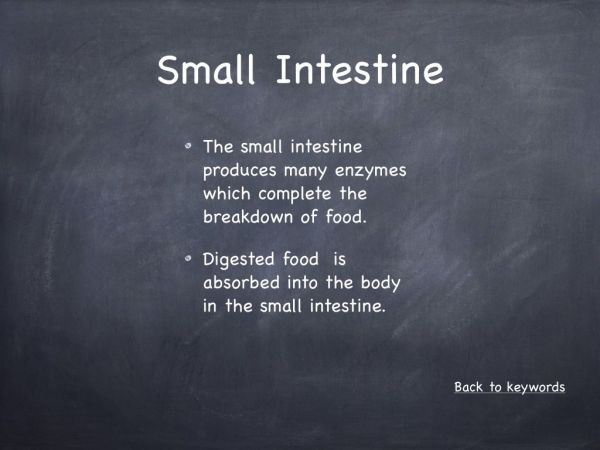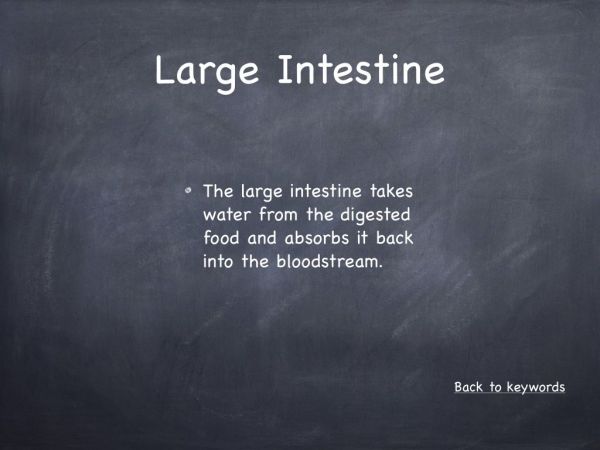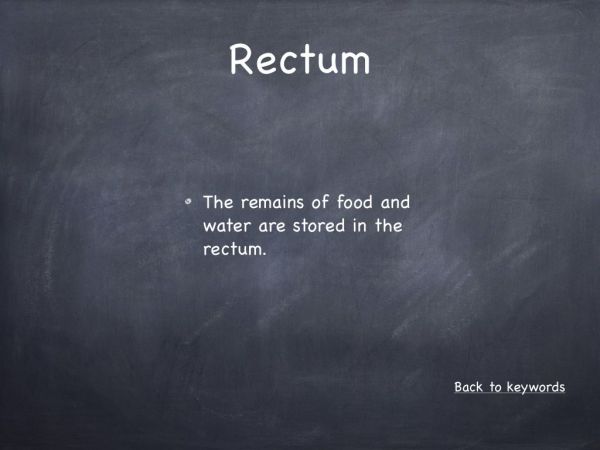This hook centres on the idea that the digestive system is like a small mill and factory, breaking down food into smaller pieces so that energy is released to be used by our bodies.
Theory behind the hook
In this hook a comparison is made between our digestive system and a sawmill, cutting food into smaller pieces like the saw cuts the wood. A comparison is also made to a factory, describing how food travels along our digestive system, similar to how material is processed in a factory. Food is broken down so that energy can be released for use by the cells in the body.
How this hook works
Real-life examples of a saw mill l is used to engage the students and help them to link the material to their prior knowledge. The next natural step in the lesson would be the introduction of the diagram of the human digestive system with all parts and functions included and outlined.
| Part | Function |
|---|---|
| Mouth | Physical digestion |
| Oesophagus | Passes food to the stomach by peristalsis |
| Stomach | Physical and chemical digestion |
| Small intestine
(8 metres long) |
Chemical digestion and the absorption of nutrients into the blood |
| Pancreas | Contains digestive enzymes |
| Liver | Produces Bile (for the digestion of fats) |
| Large intestine | Absorption of water from the food remains |
Questions & Answers
- What are the two different types of digestion?
Physical digestion and chemical digestion - What type of digestion is carried out by the teeth?
Physical digestion. - What about the stomach, what types of digestion take place their?
Physical digestion: the stomach churns and physically digests and mixes the food. Also chemical digestion with acid and enzymes.
Cross Curricular Links
Links can be made to Junior Certificate Home Economics in which the digestive system is covered in the biology section. Links can also be made to how to healthy eating which is covered in S.P.H.E.
Numeracy
Students can estimate how long it takes for food to travel through the digestive system. The average digestive system of an adult is 8 m long. On average it takes food approximately 20 hours to travel through the digestive system. To work out the speed of the digestive system, the following equation can be used:
The average digestive system of an adult is 8 m long. So, the distance is 0.008 km and the time is approximately 20 hours. This gives a speed of 0.0004 km per hour, which is 40 cm per hour, not very fast!


